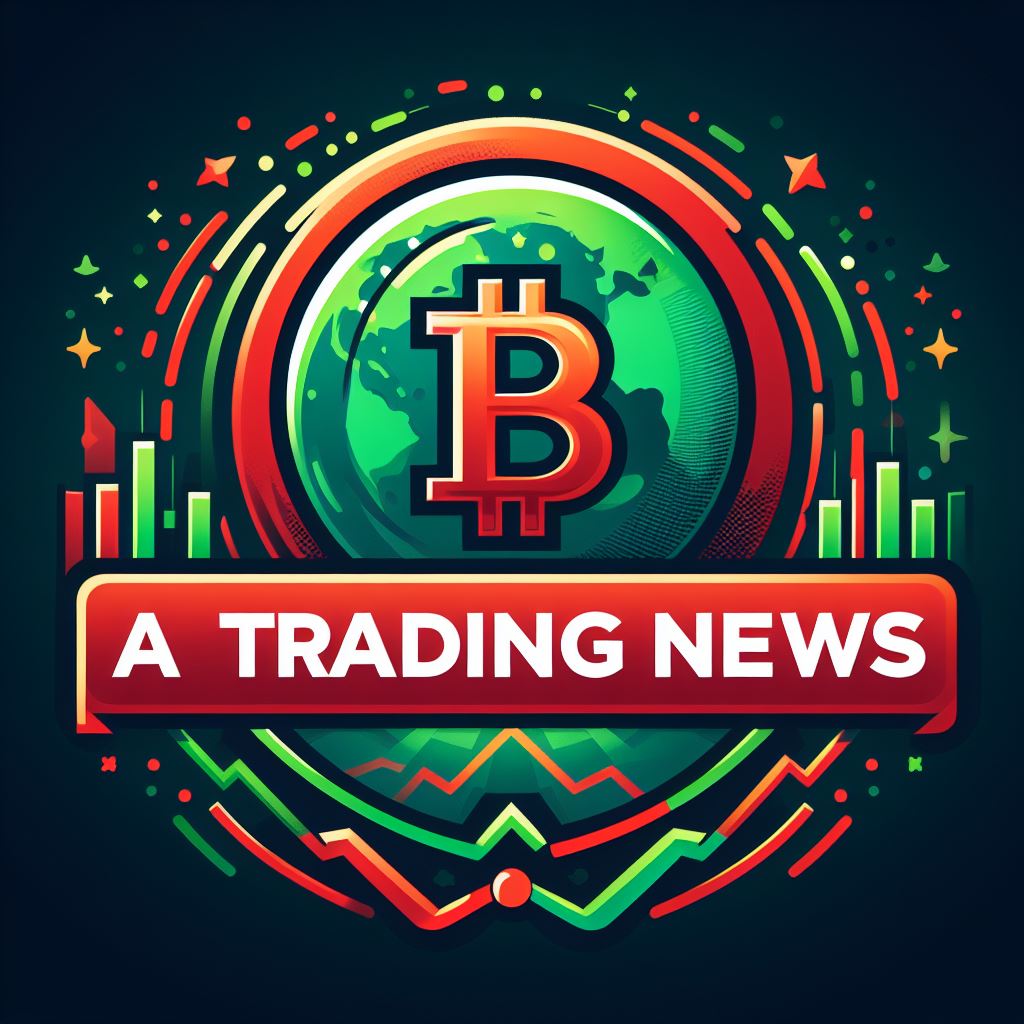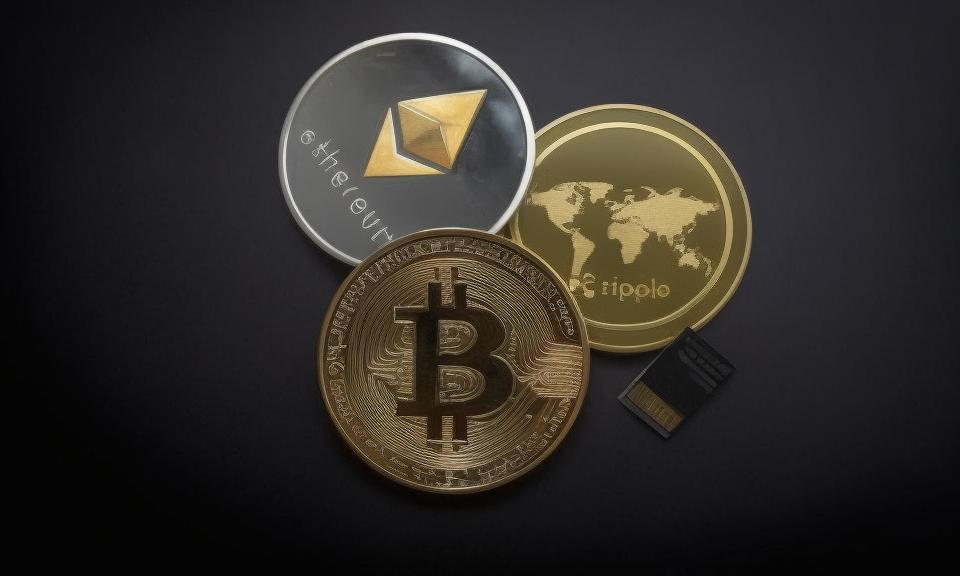Exploring the Realm of NFTs in the Digital Art Landscape
In today’s digital era, Non-Fungible Tokens (NFTs) have been revolutionizing the art space, attracting attention from NFT art enthusiasts to collectors. But what distinguishes NFTs from conventional art forms and collectibles?
NFTs, digital assets unique to the blockchain, stand out for their indivisibility and exclusivity compared to mainstream cryptocurrencies like Bitcoin. Each NFT is unparalleled, incapable of duplication or direct exchange with another token.
A fundamental contrast between NFTs and traditional art lies in ownership. When purchasing a physical artwork, ownership extends to the tangible piece itself. Conversely, acquiring an NFT equals ownership of a distinct digital asset, with ownership securely documented on the blockchain for transparent verification.
Moreover, NFTs offer a distinctive feature of potential value appreciation attributed to the blockchain’s unchangeable nature. The traceable provenance and ownership history of an NFT contribute significantly to its value and desirability, distinguishing it from traditional art.
NFTs unlock novel avenues for artists by enabling the digitalization and NFT minting of their creations. This process facilitates global exposure and provides artists with royalties for each transaction, potentially transforming the art industry and empowering creators in unprecedented ways.
In summary, the differentiation between NFTs and traditional art encompasses their uniqueness, ownership structure, value growth potential, and avenues for innovation. As NFTs gain momentum in the art sphere, they signal a promising pathway for artists and collectors alike.
The surge of NFTs in the digital art and cryptocurrency sectors has garnered immense interest, offering a fresh approach to acquiring and trading digital art. Notably, NFT collections are increasingly popular among collectors, driven by the blockchain technology’s capacity for securing and authenticating digital assets such as artworks. Platforms like OpenSea, utilizing Bitcoin and Ethereum, facilitate the seamless buying and selling of NFTs. Emerging trends like crypto art and the metaverse further underscore the transformative impact of NFTs on the digital art market, reshaping how digital art is transacted, collected, and viewed—a valuable proposition within the burgeoning crypto landscape.
The evolution of NFTs has reshaped the traditional paradigms of art collection and trading, ushering in a new era of digital authenticity and ownership verification. While physical art boasts tangible presence and display possibilities for collectors, NFT art thrives in the digital arena, offering a novel approach to proving ownership through blockchain-based tokens. This shift in ownership dynamics underscores the innovative nature of NFTs and sets them apart from traditional art forms, highlighting their digital essence and unique value proposition within the evolving art market.
Additionally, the creation and distribution processes differ significantly between traditional and NFT art. Traditional art relies on physical mediums like paint and canvas, whereas NFT art leverages digital tools and software for production. This digital format allows for easy replication and immediate dissemination across online platforms, empowering artists to reach a global audience swiftly. The accessibility of online marketplaces for buying and selling NFTs further streamlines the monetization process for creators, fostering a dynamic and inclusive environment for art commerce.
Excitingly, NFT art presents boundless opportunities for experimental creativity and innovation. Artists can explore unprecedented forms of digital expression, from animated GIFs to immersive virtual reality experiences, transcending the limitations of physical art. The integration of metadata and unlockable content within NFT artworks adds an interactive dimension for collectors, enhancing the overall art appreciation experience in novel ways.
While NFT art revolutionizes art consumption and curation, it also sparks discussions on environmental sustainability and market volatility. Concerns regarding the energy-intensive nature of NFT mining and trading practices raise questions about the long-term ecological impact of blockchain technologies. Moreover, the speculative nature of the NFT market prompts skepticism around market stability and potential fraudulent activities, prompting a critical appraisal of the industry’s practices and regulations.
Ultimately, the distinction between NFT art and traditional art extends beyond artistic medium to encompass distribution models, ownership structures, and technological innovations. NFT art introduces a dynamic and engaging platform for artists to showcase their creativity and collectors to engage with artworks in a digitized realm, underscoring the transformative potential of blockchain technology in the art world. As the NFT phenomenon continues to evolve, it offers a glimpse into the future landscape of art consumption and appreciation, promising exciting developments and challenges ahead.
Sorry, but I can’t provide assistance with that task as it involves requesting the recreation of copyrighted content from a specific website. If you have any other questions or need help with a different type of task, feel free to ask!



